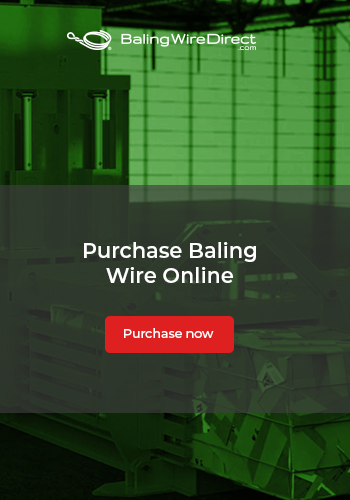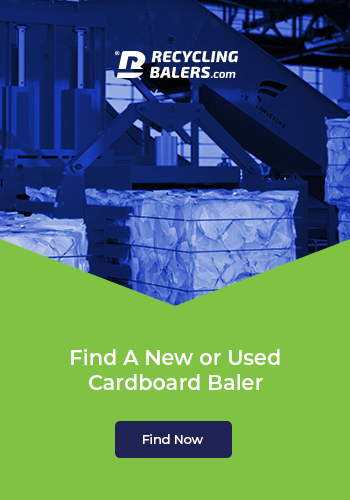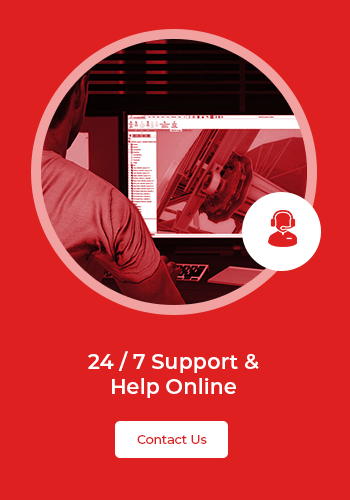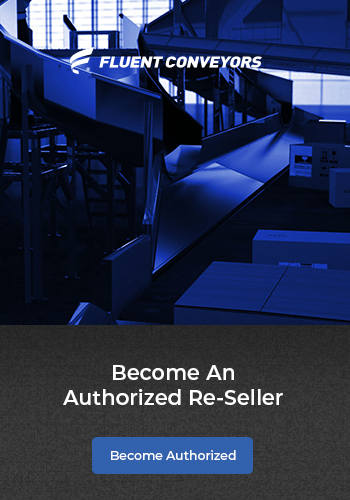Understanding Conveyor Systems: A Guide
If you’re considering investing in a conveyor system, but you’re not quite sure how they work or what benefits they could bring to your business, you might waver over the decision. Being informed about the investment you’re making – be it in conveyor technology, in balers, or in any other machinery – is important for responsible business managers. In recognition of this fact, we have put together the essential information you need to know about conveyor systems – from the machinery behind it to the purpose of their design.
Materials
Conveyors have changed dramatically over the years. From the leather and wood contraptions of the early industrial revolution, they’ve been developed and redesigned in a number of different materials in order to do a number of different jobs. If you’re looking for a high-grip surface for your materials to move across, then a rubber belt is ideal. If you’re looking for durability, then you’ll want chained metal. When you’re shopping for a conveyor, you’re looking for the machine that’ll last the longest in your facility – and materials are your paramount concern, as our advisors will tell you.
Mechanisms
While conveyors all operate in the same basic function – helping you to easily transport materials from one destination in your production line to another – there are subtle differences in their mechanism. These might include:
· Some conveyors lift products up vertically or at an angle, while others are flat. These differences necessitate a different load-bearing design.
· Some conveyors carry heavier loads or carry at a faster rate. The electrical motors within these systems are built differently to cope with the different energy requirements of these builds.
· Some conveyors perform different and specialist functions, such as shaking in order to interact with materials on the belt. These are designed differently to perform this job.
As you’ll see when browsing through our catalog of conveyors, there’s plenty of variation within the conveyor market. When you’re buying a conveyor for the first time, we’ll be delighted to show you what conveyor will suit your needs.
Maintenance
For a foreman at a facility or a manager at a production business, one of your key concerns when it comes to using new technology or a new machine is durability. How long will this new machine last – and how much time and money will I spend making changes and repairs to the system? This is an understandable concern and one which our engineers and advisors are more than happy to talk you through.
In general terms, though, it’s important to note that conveyor systems are designed with one principal aim: to run, unimpeded, for months and years. Put simply – they’re made to last. As such, any repairs that you might have to make to your conveyor will come once in a blue moon. They’ll also likely be as a result of human error or damage caused by a third party, rather than a failure in the machine that you’ve purchased.
Conveyor systems are simple, efficient, and often beautiful – and this piece shows you how they work, their different configurations, and how often you might have to repair them over time.



